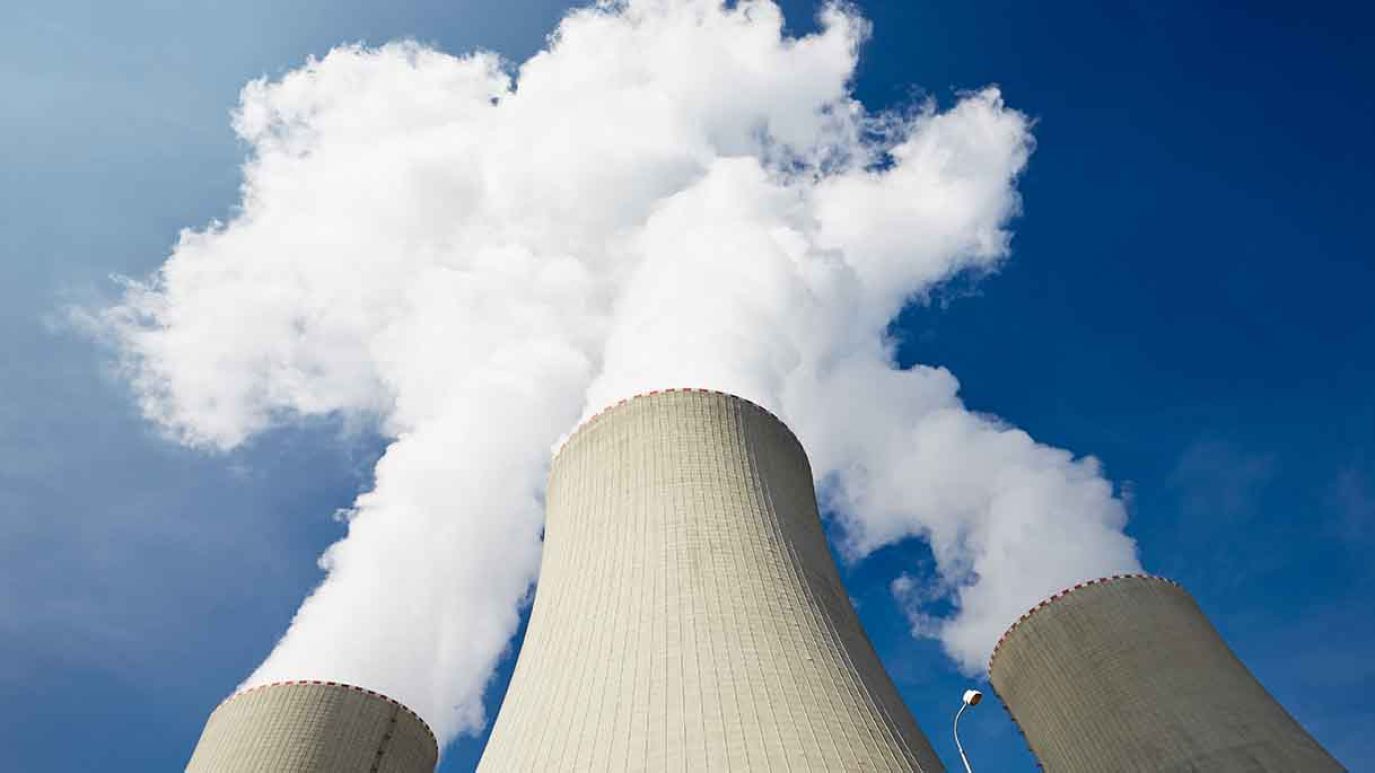-
Blog
China’s Nuclear Developments Expands Naval and Nuclear Fusion Capabilities

In 2023 Chinese entities achieved several breakthroughs in the field of nuclear energy, some of which have implications for China’s ongoing effort to expand its naval capabilities.
On 6 December China put into commercial operation the world’s first 4th generation nuclear power reactor. The 200-megwatt high-temperature, gas-cooled reactor (HTGCR) plant was jointly developed by Tsinghua University, China Huaneng Group, and the China National Nuclear Corporation (CNNC) as an example of China’s institutionalized Industry-University-Research Institute Collaboration. The development of the reactor project involved more than 500 R&D and manufacturing entities, according to Chinese media reporting.
- Reportedly, 93.4% of the reactor equipment was developed and made by Chinese entities. According to Chinese reports, Gen 4 nuclear power is more fuel efficient and safer than existing technologies.
China State Shipbuilding Corporation on 5 December announced its plan to build the world’s largest nuclear-powered container ship, which is expected to be powered by a 4th generation Molten Salt Reactor (MSR). MSR is a small-scale modular nuclear reactor that uses thorium as fuel and allows for better control and efficiency.
- China began MSR development in 2017 and has spent at least $3.3 billion to this end. The announcement generated speculation about military applications for MSR. It is believed that China’s fourth aircraft carrier, already under construction, will be nuclear powered.
On 5 January the China National Nuclear Corporation (CNNC) formed a controlled nuclear fusion (CNF) R&D coalition with 25 Chinese R&D institutions and companies under the Industry-University-Research Institute Collaboration Program that facilitates the exchange of commercial requirements and technology. Coalition participants will work through the newly established China Fusion Energy Company. Over the past two decades China has spent over $1 trillion on nuclear fusion.
- As part of China’s military-civil fusion complex, CNNC and many of its subordinate entities are subject to US sanctions, but one of its leading R&D institutions and a key player in the CNF program, the Southwestern Institute of Physics (SWIP), does not fall under sanctions. In 2023 SWIP’s HL-3 magnetic confinement device achieved a world record by producing a 1 million ampere plasma current.
On 14 December SWIP signed an agreement with the International Thermonuclear Experiment Reactor (ITER) program to open the HL‑3 project to global scientists. ITER, based in France, is the world’s largest nuclear fusion research project with 35 participants, including the US, China, EU, Japan, and India. China expects the SWIP-ITER agreement will facilitate its international engagement with overseas talents and companies in the fusion area.
On 29 December the Chinese government approved two nuclear power stations that will supplement the 56 units in operation and the 19 under construction. As of 2022, nuclear energy constituted 5% of China’s power generation. China aims to increase that to 10% by 2035 and 18% by 2060.
In July 2023 China completed the core module for Linglong One, the world’s first commercial onshore Small Modular Reactor (SMR). SMRs can generate up to 300 megawatts and are smaller, cheaper, and more flexible to build. Linglong One reportedly will produce 125 megawatts and become operational in 2026.
Chinese media reported that a research team from China’s Northeast Normal University has made major progress in Uranium Extraction from Seawater (UES). Their achievement was explained in an article published on 13 December in ACS Central Science, a publication of the American Chemical Society. The Chinese team said it had developed an “adsorption-electrocatalysis system for uranium extraction using an amidoxime-functionalized metal-nitrogen-carbon (M-Nx-C-R) catalyst.”
- Chinese media reporting said that China has been developing UES since the 1960s and acknowledged that industrialization of the technology is still a long way off. Seawater uranium reserves are estimated to be nearly 1,000 times greater than terrestrial reserves. China’s uranium reserves rank #10 in the world (171,000 tons), according to the World Nuclear Association.
China’s 5G influence in developing economies
China’s Belt and Road Initiative and its digital counterpart, the Digital Silk Road, threaten to displace US telecom and tech companies in developing economies in Africa, Latin America and the Middle East. How can US operators and network providers stand up to the challenge?